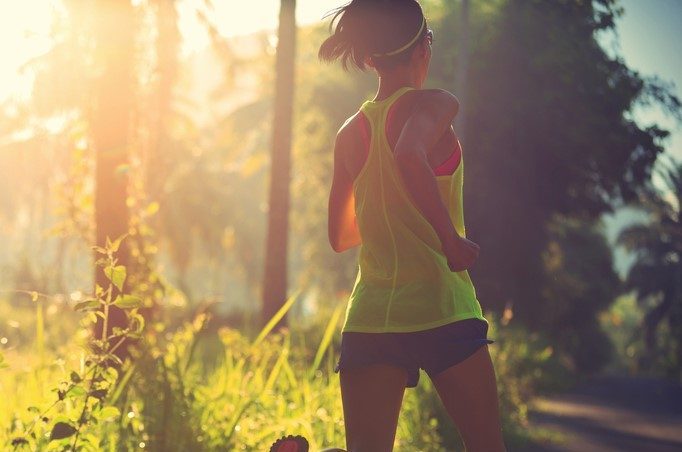6 Exercises to Support Your Running Training!

We are on the cusp of another London Marathon and the best of luck if you are running this year. There are many running events to choose from that run across the year, if you are planning on joining one, this month, I wanted to share 6 exercises to help you reduce the chance of injury, both in training or on the big day.
Whatever your sport or activity of choice we need to strengthen the supportive and the stabiliser muscles in our body. These exercises can be done by everyone not just runners, but if you are a runner and starting to increase the distance you run, it is important to be a strong as possible in all the key muscles we use for running. We need to build strength, not just the in key muscles such as quads, hamstrings and calves but in other places as well. Hip and ankle stability for example both help with knee stability, which is important to reduce any problematic movements that may lead to unnecessary wear and tear.
Progressively longer runs have a big part to play in building strength but additional training will help to reduce inflammation and the risk of injuries.
Pogos
Fast and bouncy calf raises – this exercise is all about strengthening the lower legs, the soleus, the Achilles tendon and the gastrocnemius (other names for the calf muscles). Creating resilience in these muscles so that they do not fatigue during a run is ideal. Do these standing and push through your feet with your legs long, the bounce should come from your ankles not your knees to get the maximum benefit from the exercise. Start with 30 seconds and build up to 60-90 seconds. These are good to do as part of your warm up before a run too.
Crunched leg lowers.
To reduce instability in the pelvis we want to strengthen our hip flexors and lower abs, this exercise is great for that.
Start by laying on the floor and raise your legs over your hips, support your head with your hands, whilst supporting yourself using your abdominals. Lower one leg at a time focusing on keeping your lower back pressing down on the floor. Start with 30 seconds of alternating lowers and stop if you feel any strain in the lower back. Build up to 3 sets of 30 seconds each, once you can do this without strain in the lower back you can progress the exercise to double leg lowers, gradually build up by doing single, single, double.
Fire Hydrants
The muscles at the side of our hips are part of our Glutes and are specifically the Glute Miniums and Medius, these are very important in having stable hips ensuring we do not rock unnecessarily as we run.
Start by getting on all 4’s, raise one leg out to the side keeping it bent while also pulling in your lower abdominals, try not to hitch your weight over to one side as you lift the leg. Start with 30 seconds on each side and repeat 3 times. To progress the movement, you can add a resistance band at your knees or ankle weights to build intensity.
Forward Lunges
The stepping forward action of a lunge can be quite challenging and can make us wobble. When we practice exercisers that are single leg or single sided, we practice stabilising ourselves and this exercise is specifically good for stability in our ankles, core and glutes. Uneven surfaces outside challenge our balance and coordination whether we are running or jogging. Maintain a hips width as you step forwards into a lunge, start with 12-15 repetitions on each side or alternate legs on each reps for 24-30 reps. You can progress by adding weights or for extra stability work, hold a weight in just one hand and lunge.
Curtsey Lunges
Great for building strength in our hips and specifically our Glute Miniums and Medius the curtseying action works the outer hip to create strong supportive muscles. For maximum benefit repeat the curtsey lunge on one leg for 30-60 seconds before changing legs. You can add more challenge in the same way as with the forward lunges with one or two weights.
Single Leg Balances.
As we age the fluid in our inner ear thicken slightly and our balance can be compromised if we don’t practice doing specific balance exercises. Adding balance into our everyday activities like waiting for the kettle to boil or brushing your teeth is great, but we can also formalise the movements by adding in single leg squats or balancing overhead presses with weights. This will help with our core and ankle stability on the move.
I hope you try some of these at home. If you are training for an event or planning on an active holiday this year, why not get in touch to see how we can work together so you can feel your strongest.
To read more about training for active holidays click HERE
